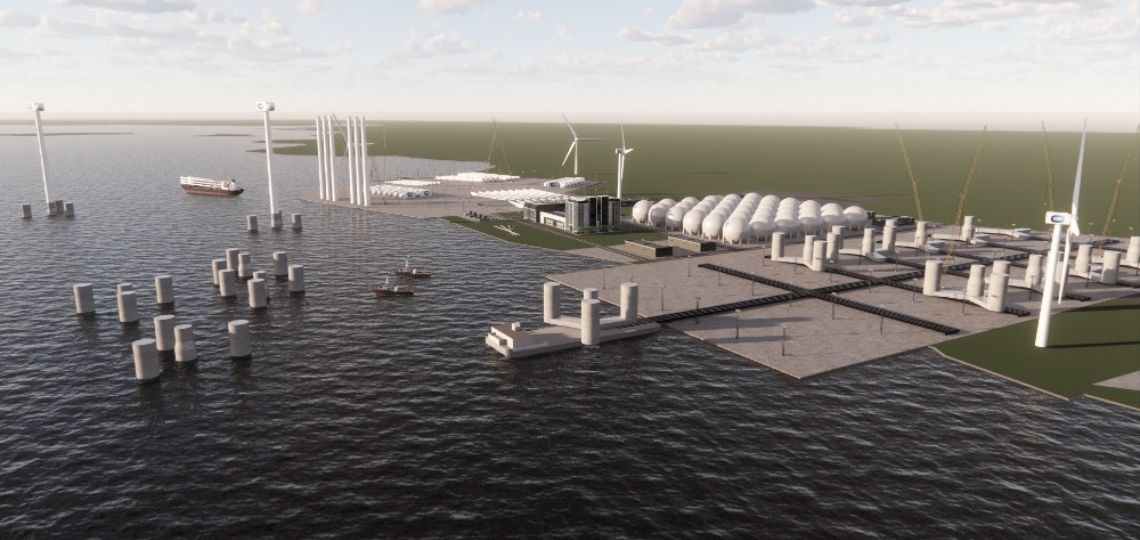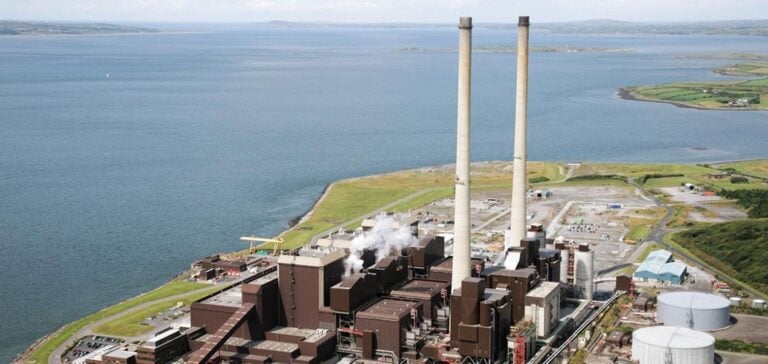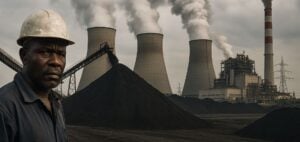A green energy hub will replace Ireland’s last coal-fired power station as part of a multi-billion euro project. The Electricity Supply Board (ESB) has announced the birth of the Green Atlantic @ Moneypoint project.
Green Energy Hub to replace Ireland’s last coal-fired power station
The new green energy hub, named Green Atlantic @ Moneypoint, will replace Ireland’s last coal-fired power station on the Moneypoint site in County Clare. This energy project will represent several billion euros of major investment for Electricity Supply Board (ESB) over the next decade. It will create hundreds of jobs and extend the reach of renewable energy in Ireland. And it does so by supplying nearly 1.6 million Irish households.

1.4 GW of wind power and a hydrogen production and storage facility
ESB intends to begin the green transition of the Moneypoint site by installing a synchronous compensator (which will be the largest in the world) to increase the volume of renewable energy on the system.
ESB will join forces with Equinor, a world leader in floating offshore wind technology, to build a 1,400 MW floating offshore wind farm over the next decade. The Irish company also plans to invest in agreen hydrogen production and storage facility. Other projects, such as a wind turbine construction center, are also planned.
Moneypoint, which has played “an essential energy role for the past 40 years”, will continue its journey with more ecological objectives.





















